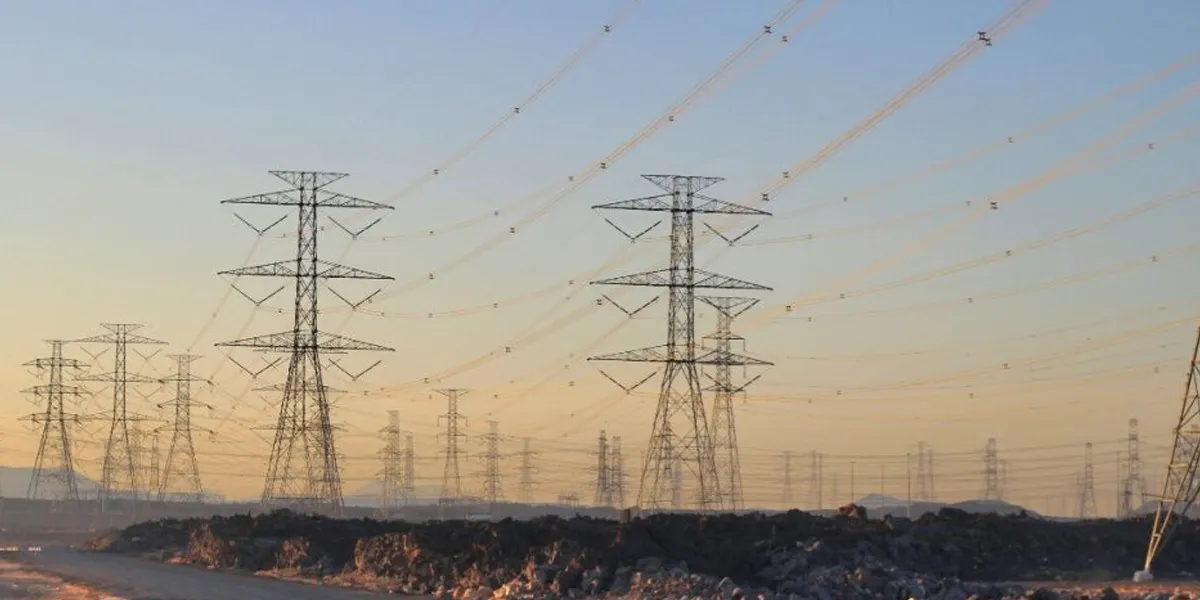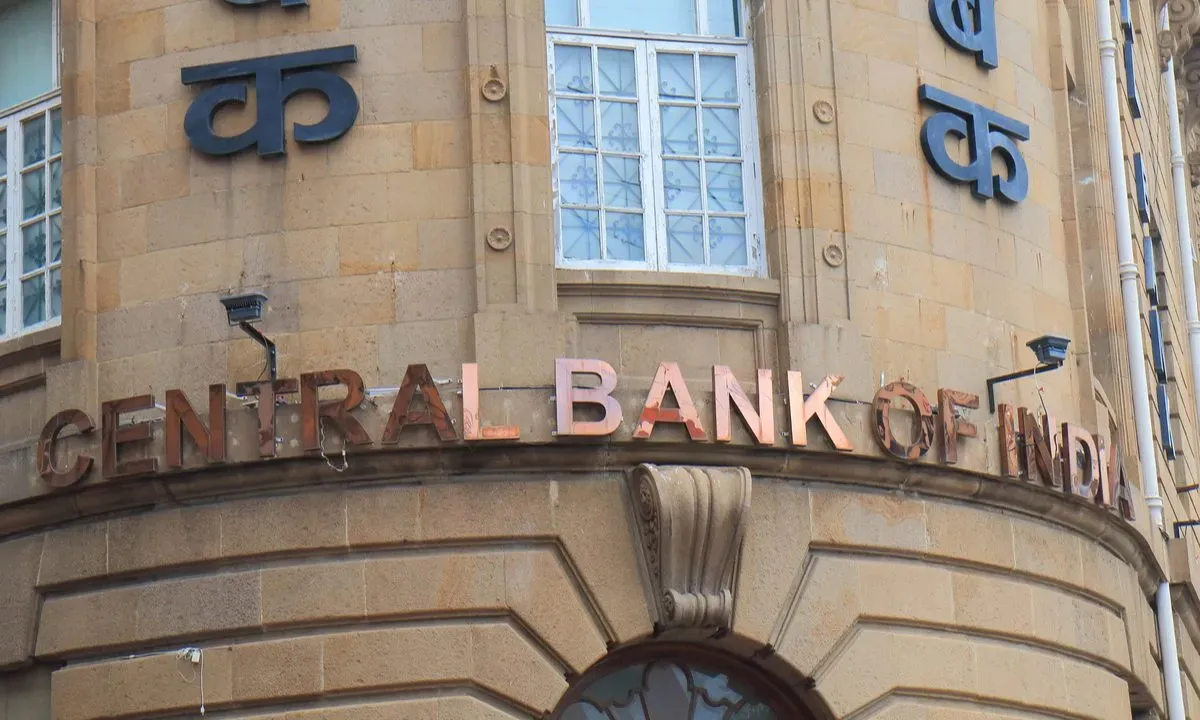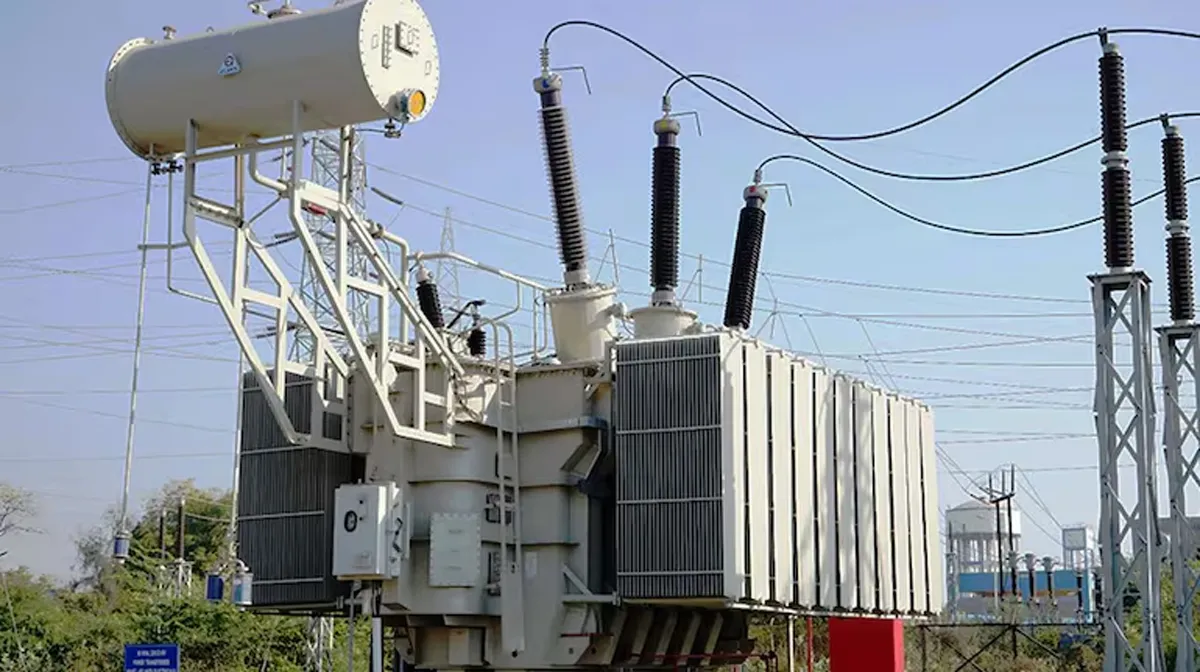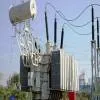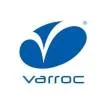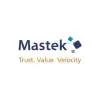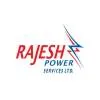In any construction project, the emphasis should be on optimising quality and time.
There is a plethora of alternative materials (such as cement substitutes like fly ash and calcined clay, and speciality construction chemicals) that can bring sustainability in concrete construction, says Prof Manu Santhanam, Department of Civil Engineering, IIT-Madras, adding that if these are not used in the right manner, quality can be affected. Dr Paresh Shah, Professor & Dean, Faculty of Technology, CEPT University, also points to the use of sustainable materials made from industrial or agriculture waste, recycled materials, sustainable structural systems such as voided slab, filler slab, ferrocement, rat-trap bond wall, hollow concrete blocks, stabilised mud blocks, autoclaved aerated blocks, self-compacting concrete, vermiculite concrete and passive cooling techniques.
Materials apart, Prof Santhanam asserts that the choice of specific construction technologies is also important as each project has different demands. “For instance, while precast construction can positively influence both time and quality, it may not be viable in certain circumstances,” he says. Dr Shah adds that the use of green equipment that minimises construction waste and recycling can be practised.
Hearteningly, many construction companies today are focusing on constructible designs, methods and techniques.
For Hiranandani Group, quality planning starts right from the conceptual stage of the project. For speed and timely delivery, equipment like RMC, crane and vertical transportation systems like rack and pinion hoists during construction are important. “Engineered formwork such as aluminium formwork is an important part of construction and we have the in-house capability of formwork design, which ensures the desired quality finish of RCC,” shares Dr Niranjan Hiranandani, Founder & Managing Director, Hiranandani Group and President, NAREDCO.
Green projects involve the usage of construction methods that are environmentally efficient. “Before finalising plans, we undertake a sustainability analysis that includes thermal, wind, building orientation and micro-climate analysis,” says Shabbir Kanchwala, Senior Vice President, K Raheja Corp. “Based on the above results, we design MEP services to maintain long-term sustainability and energy-efficient buildings.” For K Raheja Corp, advanced technologies such as formwork make it easier to achieve quality targets more effectively. Additionally, the company uses BIM software for all architectural services, Autocad, Revit and SAP. For structural work, STAAD PRO is used. Other equipment includes tower cranes, concrete batching and mixing plants, concrete pumps and vibrators.
Mahindra Lifespaces has adopted green construction practices across its projects since 2006. “We are continually evaluating ways to conserve scarce natural resources, keeping in mind the local context: reducing and replacing river sand in construction; converting food waste to bio-fuel and the development of world cities that are focusing on a zero-carbon roadmap,” says Deepak Suvarna, Chief Projects Officer-Head Projects, Mahindra Lifespaces Developers. The company has incorporated low-VOC products and use of XPS boards to have lesser U-value. Features and initiatives include optimal wall-window ratio, use of locally available materials to reduce the environmental footprint owing to transportation, LED lighting, solar power and low-flow water fixtures and fittings. Construction equipment typically used includes tower cranes and hoists. Also, rope-suspended platforms play an important role in shifting and placement of materials and concrete.
Parsvnath Developers, too, always selects the best construction technology to ensure structures are earthquake-resistant and able to last. The building equipment used by the company varies from project to project and benchmarks best projects, such as the use of batching plants with RMC trucks, boom cranes, material handling lifts, etc.
For its part, Poddar Housing mainly uses aluminium formwork along with orienting the building in a manner that it receives natural light and ventilation, which reduces the utility bills of the end-user, further lowering maintenance costs as well.
And Siddha Group has undertaken significant initiatives towards sustainable urbanisation by using Portland Pozzolana Cement, Portland Slag Cement, AAC blocks, fly-ash bricks and environment-friendly products. Also, to reduce the use of wooden shuttering, the company has been using aluminium shuttering.
SHRIYAL SETHUMADHAVAN
